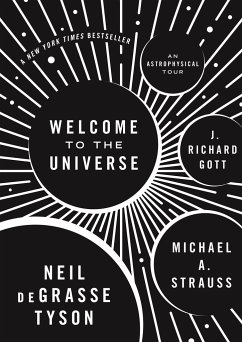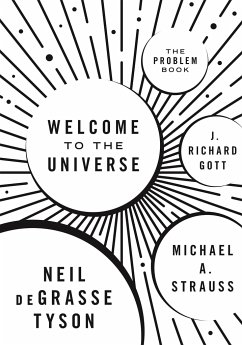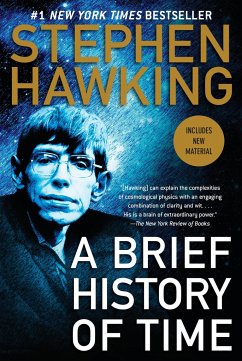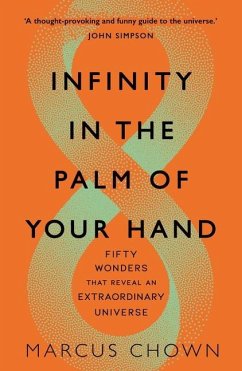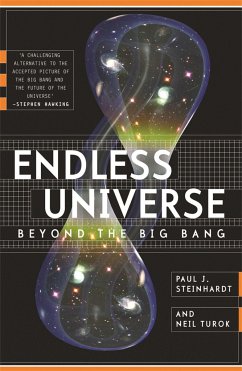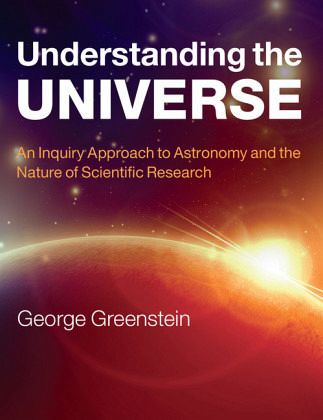
Understanding the Universe
An Inquiry Approach to Astronomy and the Nature of Scientific Research
Versandkostenfrei!
Versandfertig in über 4 Wochen
93,99 €
inkl. MwSt.

PAYBACK Punkte
47 °P sammeln!
A student-active introduction to the key topics in astronomy, emphasizing inquiry learning so students will clearly understand our universe and the scientific method. 'Nature of Science' sections in each chapter encourage students to take on the role of a scientist and within-text questions require critical thinking through astronomy-based problems.




